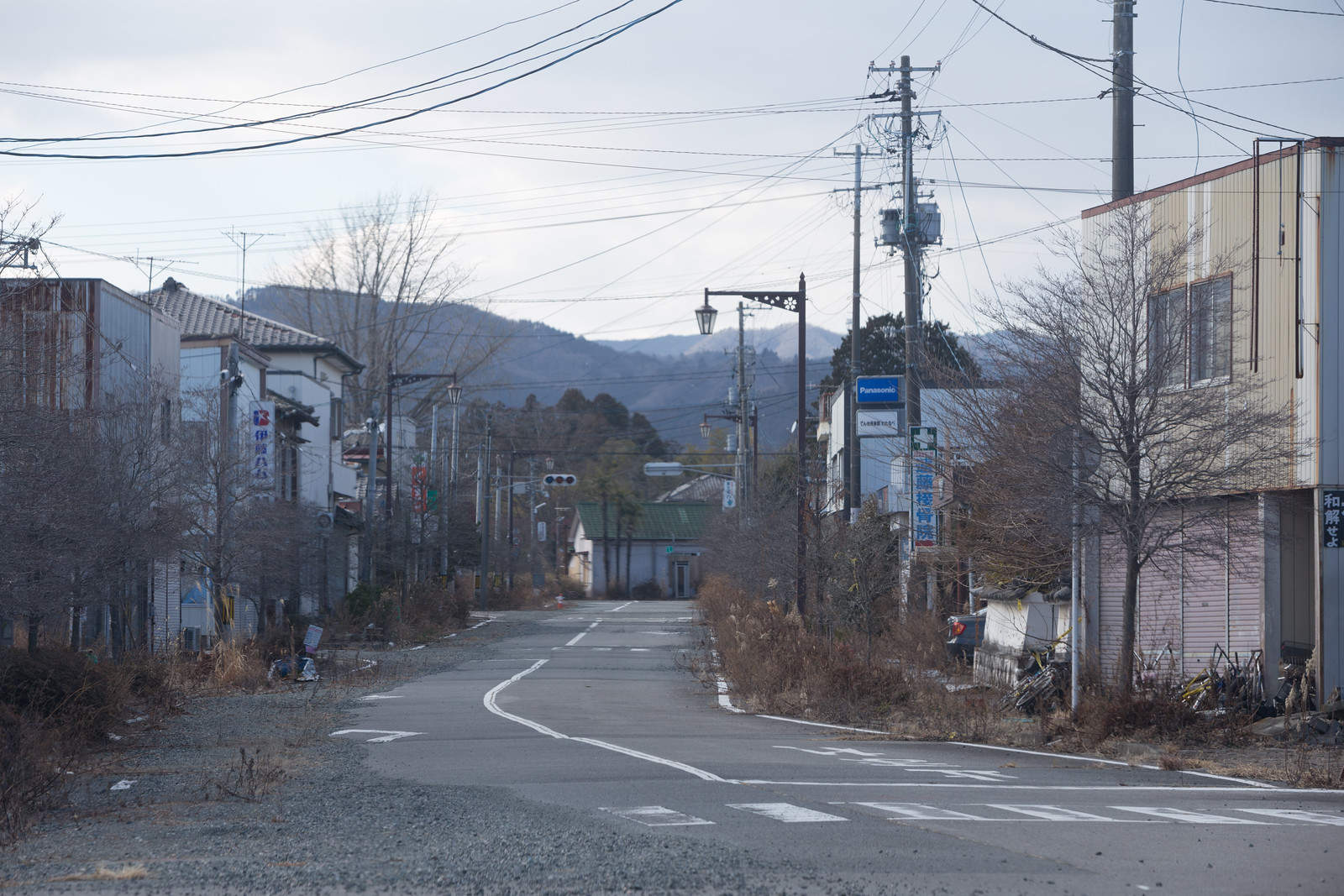Tag: Nuclear Disaster
-

After the Japanese Disaster and into the Fukushima Exclusion Zone
Last week I traveled with Japanese advertising director and photographer Yohei Morita through Tōhoku, the Japanese region critically affected by the March 11, 2011 earthquake, tsunami, and subsequent nuclear disaster. Tōhoku is wedged between the Sea of Japan and the Pacific Ocean on the northern portion of the country’s largest island, Honshu. Compared to southern…